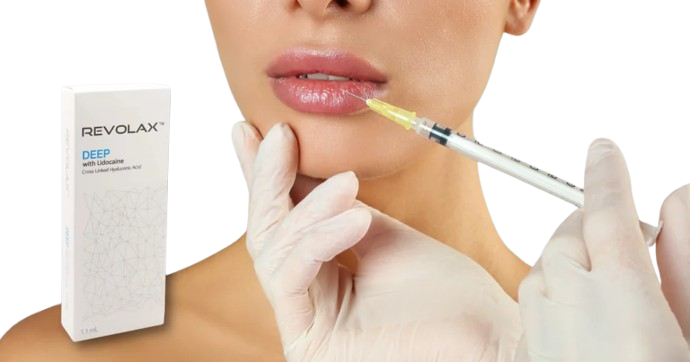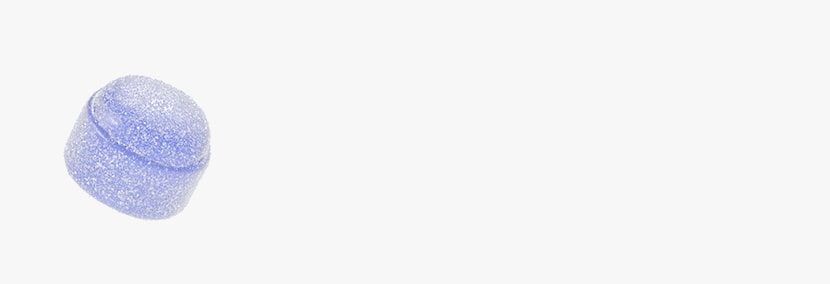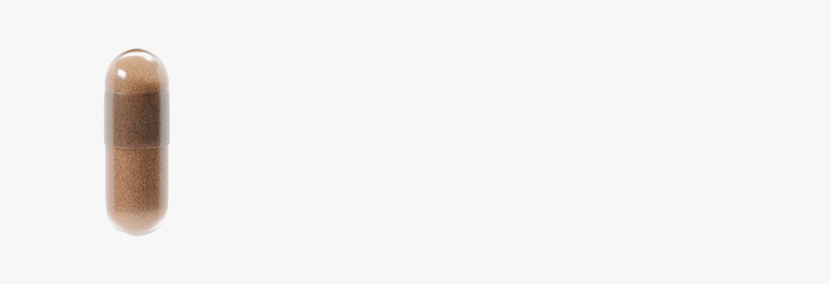Aqualyx
Aqualyx Reviews – Patient and Practitioner Perspectives
Jun 18, 2025
Deoxycholic acid injections have gained popularity as a non-surgical solution for targeted fat reduction, with studies demonstrating their ability to break down fat cells and gradually sculpt the body over several weeks. This approach offers a less invasive alternative to liposuction, making it an attractive option for individuals seeking body contouring without surgery.
Among the top treatments in this category is Aqualyx, a deoxycholic acid-based injectable that has become a staple for practitioners looking to dissolve stubborn fat deposits safely and effectively. Whether targeting the chin, abdomen, or thighs, Aqualyx offers a streamlined path to smoother, more defined contours.
In this article, we’ll delve into both patient and practitioner experiences with Aqualyx, covering its effectiveness, potential side effects, and the overall treatment process to help you determine if this injectable fat-reduction method aligns with your aesthetic goals.
Key Takeaways
- Aqualyx is primarily used for non-surgical fat reduction in localized areas such as chin, abdomen, and thighs.
- Both patients and practitioners report gradual results, with visible changes typically occurring after 2 to 4 treatment sessions.
- Most patients experience moderate discomfort during the injection and swelling that can persist for several days after the procedure.
- Practitioners note that following a consistent injection protocol significantly improves outcome predictability and patient satisfaction.
- The cost is considered reasonable by many patients, especially when compared to surgical options such as liposuction.
- Reviews emphasize the importance of selecting an experienced injector who is familiar with Aqualyx-specific handling and technique.
- Follow-up compliance, such as attending all sessions and avoiding alcohol or exercise post-treatment, affects results.
- Adverse effects are usually mild and temporary, but variability in results is a noted concern in some reviews.
About: Trusted by over 2,000+ global clients since 2014, Maylips has become a leading supplier of cosmetic, skincare, and orthopedic products for medical and aesthetic professionals. Maylips offers a wide range of authentic brand-name products at competitive wholesale prices, sourced from around the world. If you’re looking to buy Aqualyx online, contact our sales team for guidance.
Practitioner Insights: Handling, Protocol & Response Time
Practitioners generally agree that proper technique and adherence to protocol are key to achieving consistent Aqualyx outcomes. Since Aqualyx is a deoxycholic acid-based injectable, it requires precise handling and careful administration to ensure optimal results.


Key Practitioner Considerations
- Injection Technique: The solution must be injected into the subcutaneous fat layer using a fan or grid pattern to ensure even distribution and effective fat breakdown.
- Product Preparation: Aqualyx is pre-packaged and does not require reconstitution, making it easier to prepare than some other fat-dissolving alternatives.
Patient Selection: The ideal candidates for Aqualyx are those who are close to their target weight but struggle with stubborn, localized fat deposits. It is best suited for small, targeted areas like double chin, love handles, or thigh fat. - Response Time: In most patients, visible fat reduction becomes noticeable gradually over 4–6 weeks after each session. Full results are often seen after 2–3 sessions.
Practitioners also emphasize the importance of managing patient expectations and educating them about the treatment timelines and the need for multiple sessions to achieve the best possible results.
Patient Feedback: Comfort, Downtime & Aesthetic Results
Patient reviews often focus on comfort during the procedure, downtime, and the overall satisfaction with the final aesthetic results. While reactions vary, there are several recurring patterns in patient experiences.


Typical Patient Experience
- During the Procedure: Mild to moderate stinging or burning sensations are common during the injection process, but numbing agents help improve comfort.
- Post-Treatment Swelling: Most patients experience swelling, redness, and minor bruising around the treated area. These symptoms typically last anywhere from 3 to 7 days, depending on the individual.
- Pain Management: Over-the-counter pain relievers are usually sufficient to manage discomfort, and patients can resume their daily activities within one to two days.
- Results: Gradual fat reduction becomes noticeable after the second session, with the maximum effect around 6–8 weeks post-treatment.
Patients who follow post-care instructions and complete the recommended number of sessions report the most consistent and satisfying results. However, it’s important to remember that Aqualyx works gradually, and patience is key.
Review Themes: Cost-Value, Predictability & Follow‑up Compliance
Aqualyx reviews commonly highlight recurring themes that influence overall patient satisfaction, particularly regarding cost, predictability of results, and the importance of follow-up care.
Common Review Themes
- Cost-Value Perception: Many patients find Aqualyx to be a more affordable alternative to surgical fat reduction procedures. However, multiple sessions (typically 2–4) may be necessary to achieve the desired results.
- Result Predictability: Practitioners with experience in administering Aqualyx tend to deliver more consistent outcomes, resulting in lower dissatisfaction. Patients often report smoother, more even contours when treated by skilled professionals.
- Compliance Impact: Skipping sessions or failing to follow post-care guidelines (e.g., avoiding exercise, alcohol, or sun exposure) can lead to poorer results. Patients who commit to the full treatment plan tend to have better long-term success.
- Longevity of Results: Once fat is dissolved, it typically does not return to the treated area, provided the patient maintains a stable weight. This makes Aqualyx a long-term solution for localized fat reduction.
Patients who fully understand the gradual nature of the process and complete their treatment plan tend to rate Aqualyx positively and report satisfaction with the final results.
Common Complaints: Variability, Swelling, and Adverse Events
Despite its overall positive reputation, Aqualyx has prompted some recurring concerns in reviews, particularly regarding inconsistent results, post-treatment swelling, and occasional adverse effects that require further attention.
Frequent Issues in Reviews
- Variable Results: Some patients report dramatic results, while others experience more modest changes after several sessions. This can be due to factors such as fat thickness or treatment area. In comparing Aqualyx vs Kybella, patients often note that Aqualyx may provide slightly more gradual results, especially in areas where fat is more resilient.
- Extended Swelling: In some cases, swelling lasts longer than expected (up to 10 days) which can interfere with work or social plans.
- Bruising and Tenderness: Patients, especially those with thinner skin, often report visible bruising that typically resolves within about a week.
- Lumps or Firmness: Temporary nodules may form under the skin in treated areas. These often resolve on their own or with gentle massage, but may require follow-up care in some instances.
- Rare Side Effects: Minor asymmetry or overcorrection is occasionally reported but can usually be corrected with follow-up care.
Choosing a qualified injector with experience in Aqualyx treatment can help minimize the likelihood of these side effects and enhance patient outcomes.
Conclusion
Aqualyx reviews are generally positive, especially due to its non-surgical approach and effectiveness in targeting localized fat. Patients report better outcomes when treated by skilled professionals and given realistic expectations. Minor side effects, such as swelling and tenderness, are common but typically temporary, with serious issues being rare.
Success depends on following the complete treatment plan and post-care instructions. Overall, Aqualyx is a practical and affordable option for gradual body contouring, offering a cost-effective alternative to more invasive fat reduction procedures.
FAQs
1. How many Aqualyx sessions do I need?
Most patients require between 2 and 4 sessions, spaced 4–6 weeks apart, depending on the treatment area and the amount of fat to be removed.
2. When can I expect to see results from Aqualyx?
Visible fat reduction typically becomes apparent after the second session, with full results typically developing over 6–8 weeks.
3. Is the Aqualyx procedure painful?
Discomfort is typically mild to moderate. Numbing agents are often used to improve comfort during the injections.
4. How long does swelling last after Aqualyx?
Swelling can last 3 to 7 days, though some patients may experience mild swelling for up to 10 days.
5. Can I go back to work after my Aqualyx session?
Yes, most patients resume normal activities within 24 hours, although some prefer to take a rest day after treatment.
6. Are the results from Aqualyx permanent?
Fat cells destroyed by Aqualyx do not return, but maintaining a stable weight is crucial to preserve the results.
7. Is Aqualyx suitable for weight loss?
No, Aqualyx is intended for localized fat reduction and not for general weight loss or obesity treatment.
Talk with our sales representative.
Book a Meeting
References
Cunha KS, Lima F, Cardoso RM. Efficacy and safety of injectable deoxycholic acid for submental fat reduction: a systematic review and meta-analysis of randomized controlled trials. Expert Rev Clin Pharmacol. 2021;14(3):383-397. doi:10.1080/17512433.2021.1884070
Rogerio V, Rabelo V, Roschel P, Sakemi T, Germani M, Munoz-Lora VRM. A novel approach for deoxycholic acid administration to treat submental fullness: A case report assessed by 3D stereophotogrammetry. Journal of Oral Biology and Craniofacial Research. 2024;14(3):280-283. doi:10.1016/j.jobcr.2024.03.011
Hong JY, Lee YH, Yeoum SH, Youn CS, Park KY. The effect of diluted deoxycholic acid on arm fat reduction: Evaluation of its potential in minimally invasive fat loss treatment. Journal of Cosmetic Dermatology. 2025;24(3). doi:10.1111/jocd.70088





